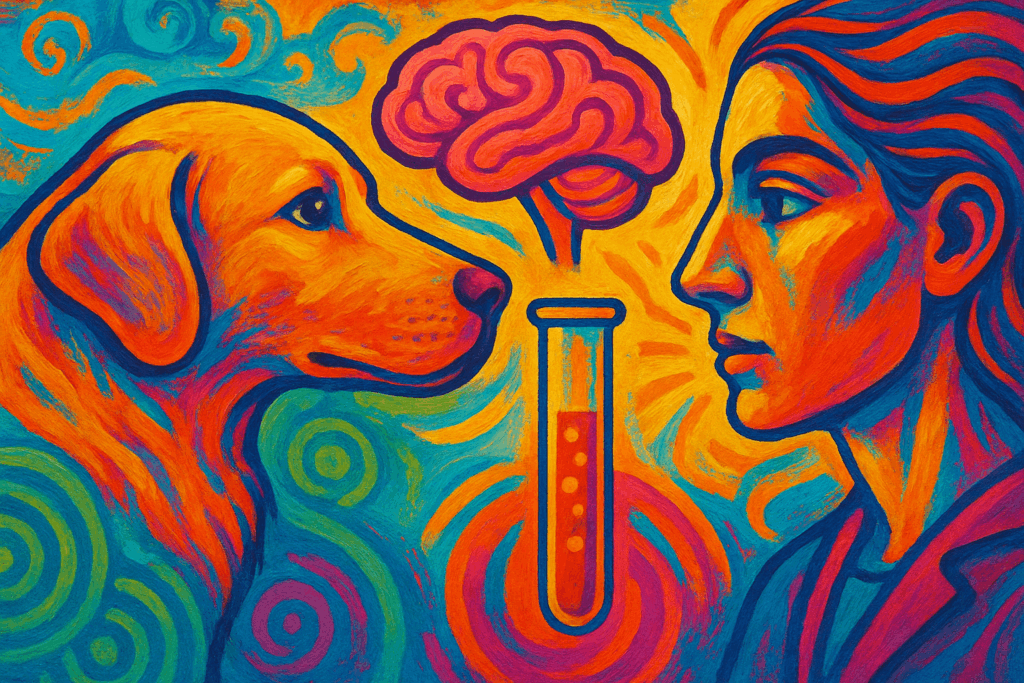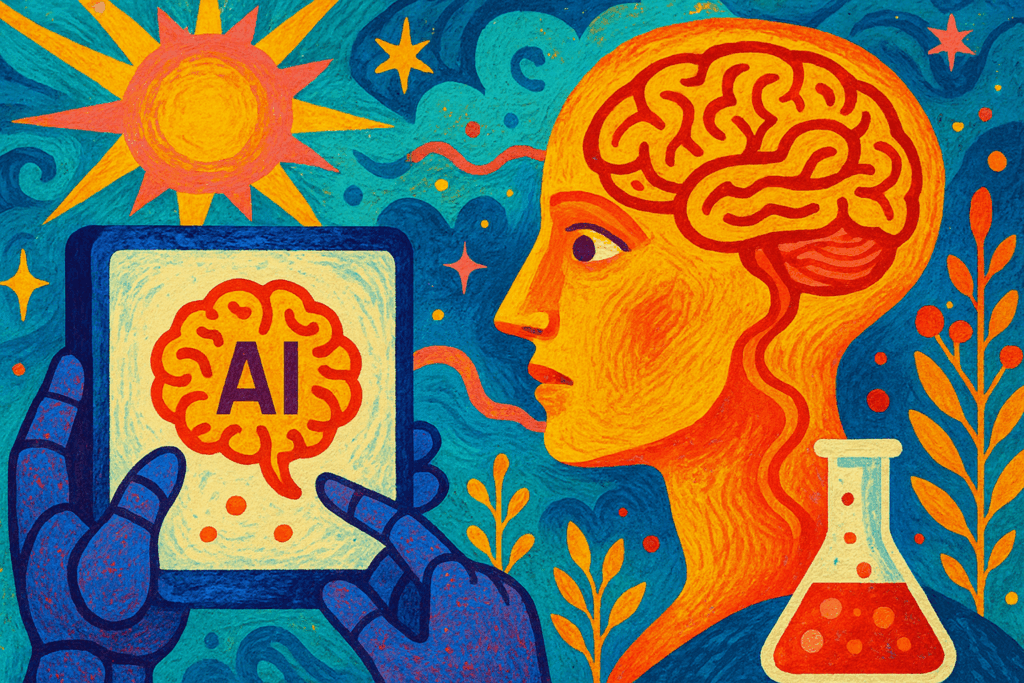AI Breakthrough in Early Disease Detection
Early diagnosis remains a significant challenge in managing various diseases, often due to subtle symptoms and limitations of current testing methods. A recent advancement by MI:RNA, supported by Scottish Enterprise, demonstrates how artificial intelligence combined with blood-based biological markers can transform diagnostic approaches. Their work in detecting canine osteoarthritis presents a promising model for expanding AI-powered diagnostics to human health.
The Diagnostic Challenge Across Species
Detecting diseases like osteoarthritis early is difficult because initial symptoms can be mild or nonspecific. Traditional diagnostic methods typically rely on imaging or invasive procedures that may detect issues only after significant progression. This challenge is not unique to animals; human medicine faces similar hurdles in identifying early-stage diseases, which can delay treatment and impact outcomes.
Combining AI with Biological Markers for Precision
MI:RNA’s approach integrates artificial intelligence with the analysis of microRNA profiles from blood samples. MicroRNAs are small molecules that reflect changes in biological processes and disease states. Using advanced computational models to interpret these markers allows for accurate, non-invasive detection of osteoarthritis in dogs. This method reduces the dependence on costly or invasive tests and supports earlier intervention.
From Animal Health to Human Medical AI
The principles behind MI:RNA’s technology hold considerable potential for human diagnostics. Applying AI to analyze biological markers like microRNA can enable early detection of complex diseases such as arthritis, cancer, or neurodegenerative conditions. This non-invasive and data-driven strategy could improve diagnostic accuracy, personalize treatment plans, and reduce healthcare costs, marking a shift towards preventative and precision medicine.
The Future of Non-Invasive AI Diagnostics
AI-powered diagnostic tools that leverage biological markers are poised to reshape healthcare delivery. As methods evolve, earlier and more reliable disease detection will facilitate timely interventions, improve patient outcomes, and lessen the burden on healthcare systems. The MI:RNA example illustrates a blueprint that could accelerate innovation in human medicine, underscoring AI’s expanding role in transforming early disease identification.




